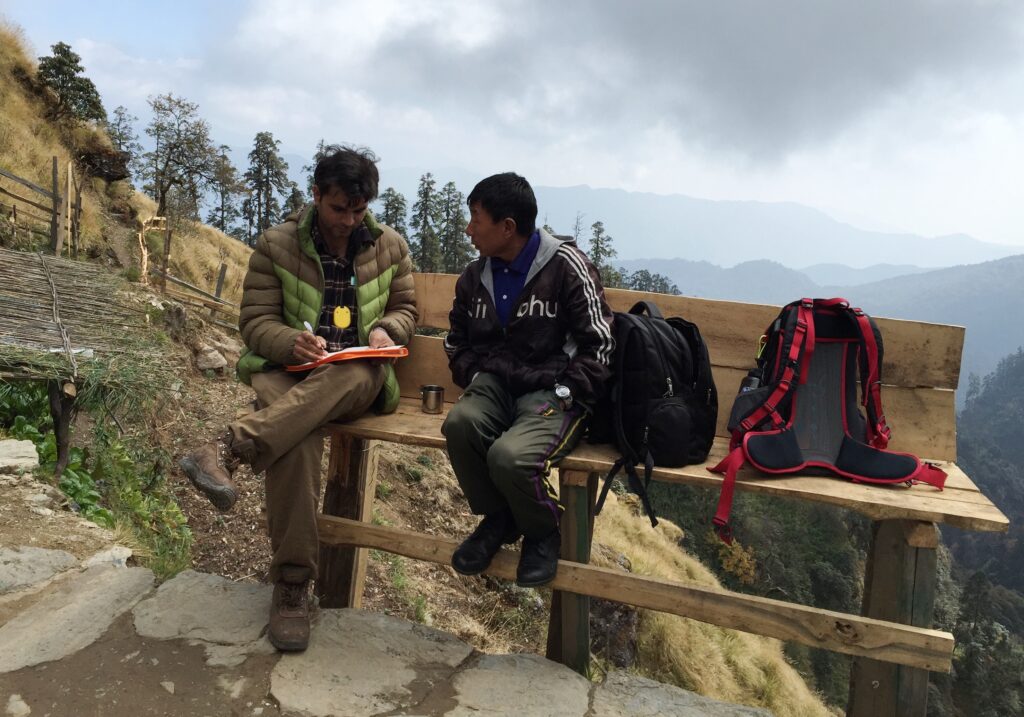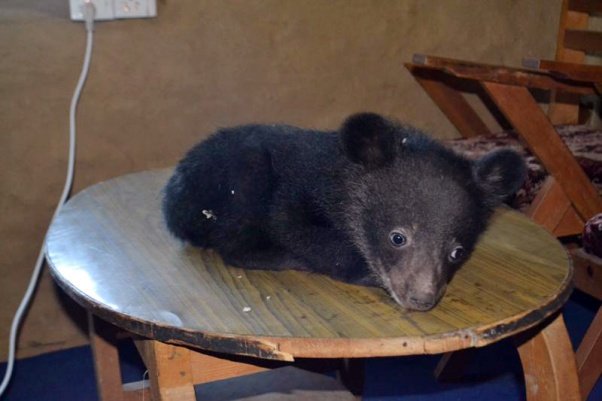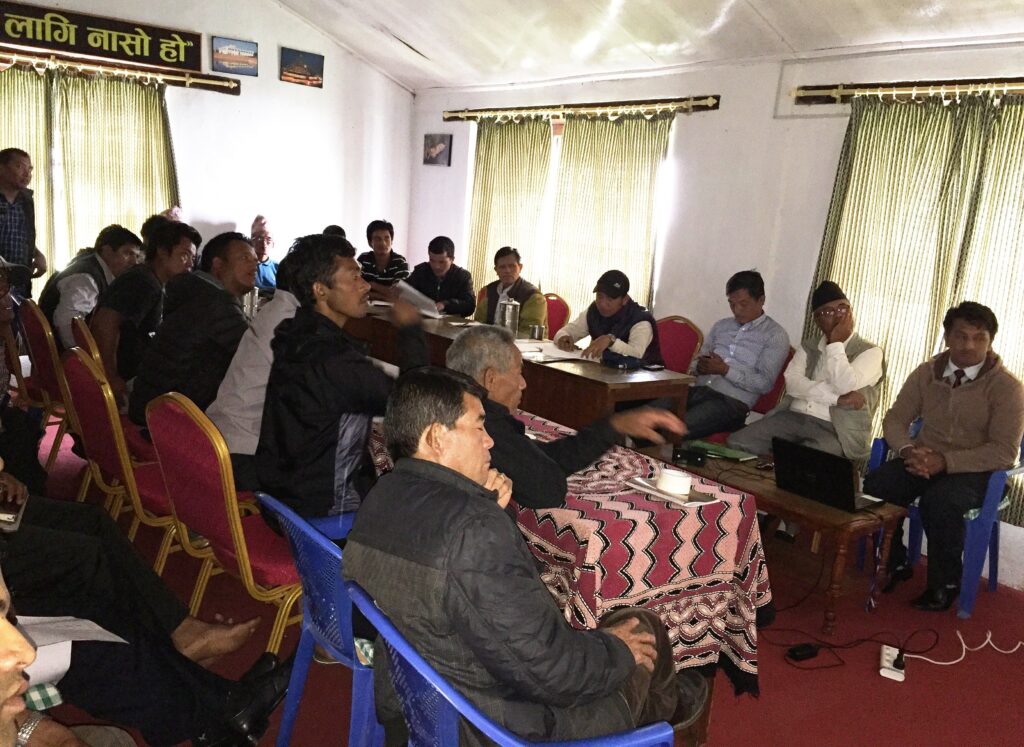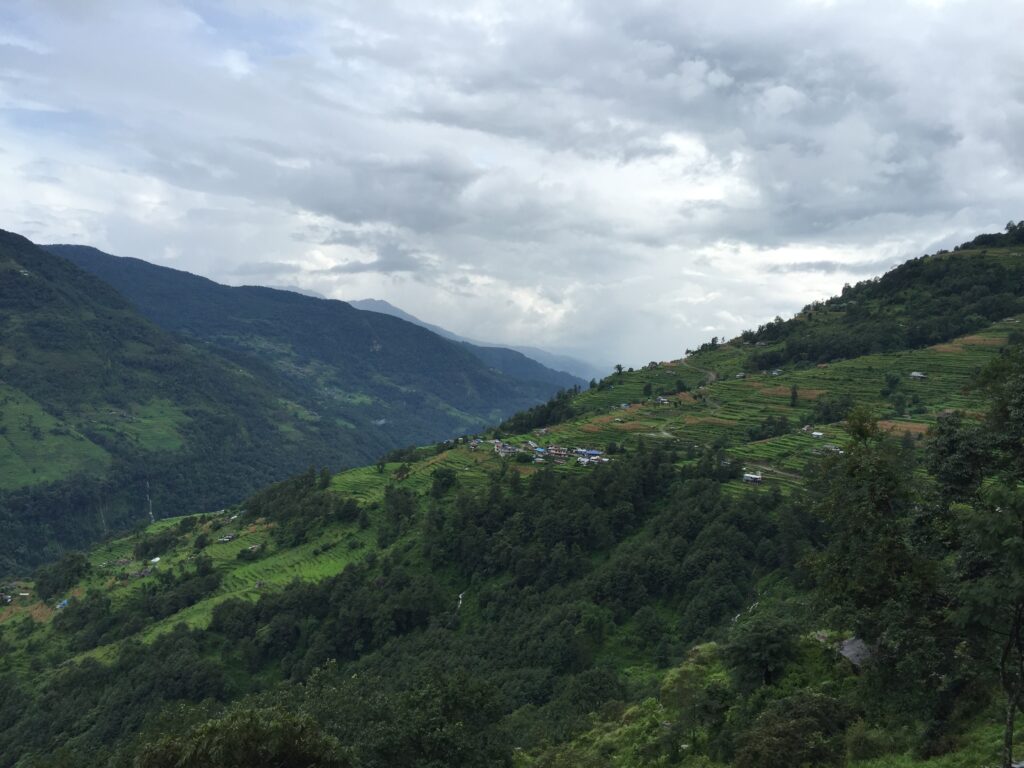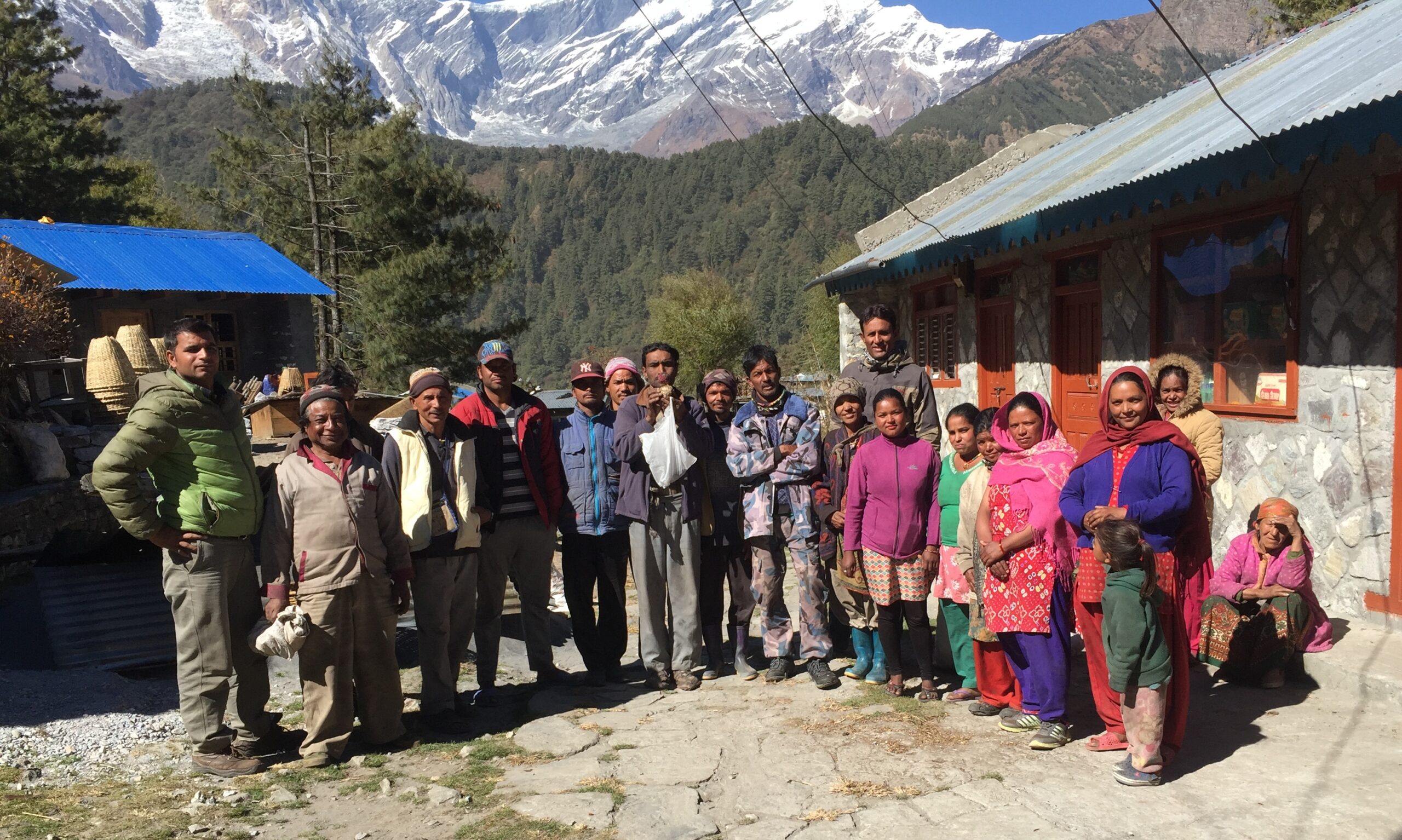Although Nepal has successful achievements in wildlife conservation, bears are never listed as a conservation priority species. The project team from Biodiversity Conservation Society Nepal (BIOCOSNEPAL) found bear presence in Annapurna Conservation Area (ACA) up to 3,582m elevation and a population of 60 individuals in an area of 525 Km2. Villagers reported maximum crop damage by bears, especially maize. In the diet analysis, 84% of fecal samples confined agriculture crops in rainy season. The team also noticed poisoning, snaring, gunshots and killing of bears because of crop damage. Every year, 10-15 local people are injured by Asiatic black bears. The crop damage and human casualties have increased negative perceptions of local communities towards bears in general, which have led to retaliatory killing. Local communities and school students are not aware of bear ecology and behavior. Bears are not listed in the National Wildlife Damage Compensation guideline for the allocation of government support. Efforts are needed to stir up government authorities, community leaders and conservation related organizations to lead bear conservation in Nepal.
The project will engage existing local institutions for bear conservation by organizing substantial conservation education awareness programs, bear conservation workshops and promotions of bear-based tourism in the conflict prone sites of ACA. This project will assure community involvements, local budget leverage and government interventions for bear conservation in Nepal.
